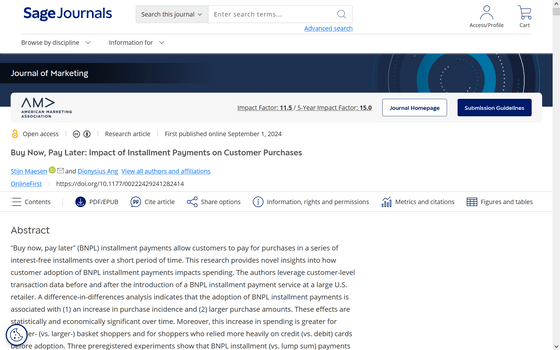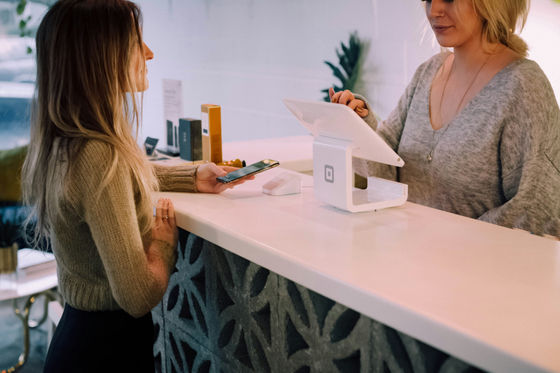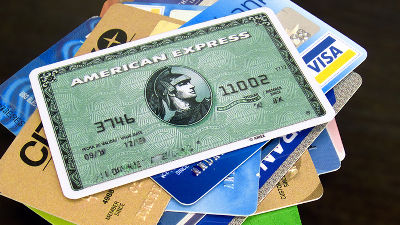'Buy now, pay later' payment systems increase consumer spending

The 'Buy Now Pay Later (BNPL)' payment system, which allows you to purchase products in installments without commission, is popular with a certain number of consumers because the total amount paid in the end is the same but the amount paid per installment is smaller. When we investigated the impact of this BNPL on sales, we found that BNPL also has a positive impact on sales.
Buy Now, Pay Later: Impact of Installment Payments on Customer Purchases - Stijn Maesen, Dionysius Ang, 2024

Buy now, pay later installment payments increase retail spending, study finds
BNPL is a payment system that allows consumers to make interest-free installment payments over a period of several weeks or months. When a consumer selects BNPL, they first make a down payment to a BNPL intermediary, who then pays the full amount to the retailer. The consumer then pays the remaining amount to the intermediary.
According to Dionysius Ang of the University of Leeds in the UK, 45 million consumers in the US and more than 15 million consumers in the UK have adopted BNPL. Globally, the number of BNPL users is expected to reach 380 million in 2024 and 670 million by 2028. BNPL spending is expected to be equivalent to $316 billion in 2023 and grow to $450 billion by 2027. It is expected to become popular with both retailers and distributors.
However, despite the growing popularity of BNPL, little is known about its impact on retail sales. So Ahn and his colleagues used transaction data from a major US retailer to examine how BNPL is affecting sales.

The survey found that BNPL increases both the frequency of purchases and the average amount spent by consumers. The products surveyed ranged from party supplies and apparel to airline tickets and mugs, and the number of installments varied from three, four, six or more, but all of them consistently boosted spending. Specifically, the introduction of BNPL increased the percentage of products purchased by consumers from 16.64% to 25.60%, and the average purchase amount increased from $66.56 (approximately 10,200 yen) to $73.56 (approximately 11,200 yen).
Ang and his colleagues cite two main reasons why BNPL installment payments lead to increased spending:
The first reason is that BNPL makes the payment amount appear lower. For example, some people say that 'four payments of $15' looks cheaper than 'one-time payment of $60,' and survey results show that consumers who use BNPL installment payments are less likely to feel financially restricted by the high price than consumers who pay the same amount in one lump sum. Ahn and his colleagues argue that lowering the amount of each payment encourages consumer spending.
The second reason is that BNPL makes budgeting easier. Unlike traditional credit card payments, which are paid in one lump sum at the end of the month, BNPL can be divided into very small increments, such as 'one payment per week for a total of four payments,' and payments can be completed in a shorter period of time, making it easier for consumers to estimate their budget.

'Retailers stand to benefit as consumers purchase more frequently when they adopt installment payments. Policymakers need to recognize the significant impact BNPL has on consumer spending and ensure regulation protects consumers while fostering financial flexibility,' Ahn et al. said.
Related Posts:
in Science, Posted by log1p_kr







